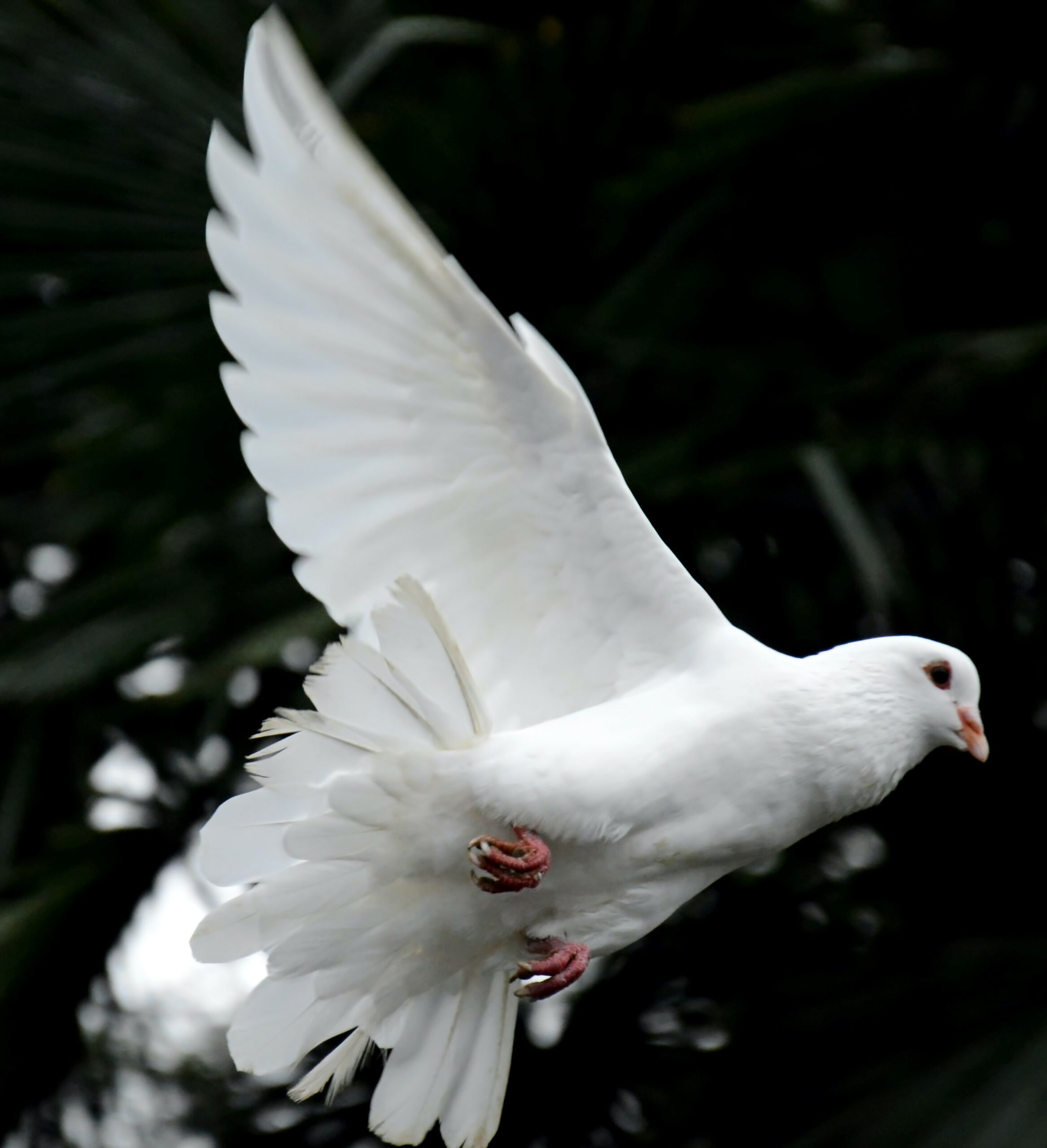This month we’re highlighting a spiritual practice from Equipper.
Enjoy and subscribe today!
Pentecost is part of the Christian Worship (Liturgical) Calendar. This year, it is observed on May 28 and is a celebration that commemorates the descent of the Holy Spirit upon the apostles and other followers of Jesus Christ. It is celebrated on the seventh Sunday after Easter, which is 50 days after Easter Sunday. The name “Pentecost” comes from the Greek word pentekoste, which means “fiftieth.”
 The celebration of Pentecost can also commemorate the birth of the church, as it was the day when the disciples followed Jesus’ instruction and gathered in the upper room in Jerusalem to await the coming of the Holy Spirit. Luke tells us of this remarkable event in Acts 2.
The celebration of Pentecost can also commemorate the birth of the church, as it was the day when the disciples followed Jesus’ instruction and gathered in the upper room in Jerusalem to await the coming of the Holy Spirit. Luke tells us of this remarkable event in Acts 2.
When the day of Pentecost arrived, they were all together in one place. And suddenly there came from heaven a sound like a mighty rushing wind, and it filled the entire house where they were sitting. And divided tongues as of fire appeared to them and rested on each one of them. And they were all filled with the Holy Spirit and began to speak in other tongues as the Spirit gave them utterance. Acts 2:1-4 ESV)
From this great outpouring, the believers were empowered to go out of the upper room and be witnesses of Jesus. It is interesting that churches find different liturgical ways to commemorate Pentecost, including the use of symbols. In the early days of the church and today, symbols play a big part in helping Christians to teach, preach, and to create a more meaningful celebration. God often uses symbols like those we read about in the above passage, to bring our attention back to him. The symbols give us new ways to think about God. There are several objects from the day of Pentecost that often symbolize the Holy Spirit.
Read More Mighty rushing wind
In a conversation with Nicodemus, Jesus said, “The wind blows where it wishes, and you hear its sound, but you do not know where it comes from or where it goes. So it is with everyone who is born of the Spirit” (John 3:8 ESV). Jesus referred to the Holy Spirit as like a wind. The symbol of wind can remind us of the movement and the power of the Holy Spirit. We may not see him, but we know that he is working and that we can experience him.
When we speak about the Holy Spirit, we also speak about the breath of God, breathing in us. Jesus breathed on the disciples and told them to receive the Holy Spirit. The Greek word for “spirit” is pneuma, which means “breath.”
Tongues of fire
Fire is another symbol that reminds us of the Holy Spirit. Not only that God made himself evident through “tongues of fire” on the day of Pentecost, but we are also reminded of God as the “consuming fire” (Hebrews 12:29 ESV). The fire that appeared and rested on each of the believers symbolized the Holy Spirit that empowers many. The Holy Spirit spreads like a fire, covering all believers.
Dove
Though a dove is not mentioned in Acts, all four Gospel writers refer to the Holy Spirit coming as a dove. Doves remind us of new beginnings – recall Noah sent a dove from the ark to find new life. Doves also represent peace, reconciliation, and unity. Many churches will include an image of a dove in their worship service.
As we celebrate Pentecost, let us take this opportunity to teach, preach, and make the celebration meaningful by thinking of creative practices our local churches can use in our worship services. One way is the use of liturgical symbolisms. Some churches use these symbols to decorate their worship halls. Some churches have their team use red as a theme color. Red symbolizes the Holy Spirit’s fire.
The spiritual practice of breath prayer
There is an ancient spiritual practice called “Breath Prayer.” This spiritual practice can be used to position ourselves to focus on the wind/breath of the Holy Spirit in us. Here is a simple prayer guide that we can use:
-
-
- Find your comfortable position, sit back, and relax.
- Close your eyes.
- Start breathing in (inhale) and breathing out (exhale) for a few times.
- As you are in the rhythm of breathing, you might integrate these phrases:
- “Breathe on me, Holy Spirit” (Inhale)
- “Holy Spirit, Breathe on Me” (exhale)
- Continue for as long as feels comfortable and meaningful for you.
- End your breath prayer with thanksgiving to the Lord.
You may want to choose other phrases that feel prayerful to you. Most breath prayers are six to eight syllables and fit easily into one inhale and exhale.
This spiritual practice is just one of many forms of prayer that we can do that reminds us of the presence and power of the Holy Spirit, the breath of life.
Have a Spirit-filled celebration of Pentecost.
 By Justine Paolo G. Parcasio, Associate Pastor
By Justine Paolo G. Parcasio, Associate Pastor
Baguio, Philippines
 The celebration of Pentecost can also commemorate the birth of the church, as it was the day when the disciples followed Jesus’ instruction and gathered in the upper room in Jerusalem to await the coming of the Holy Spirit. Luke tells us of this remarkable event in Acts 2.
The celebration of Pentecost can also commemorate the birth of the church, as it was the day when the disciples followed Jesus’ instruction and gathered in the upper room in Jerusalem to await the coming of the Holy Spirit. Luke tells us of this remarkable event in Acts 2.



Beautiful symbols for focusing on Pentecost, thank you!
Our little local church family came together for Pentecost and felt the Holy Spirit in our midst.